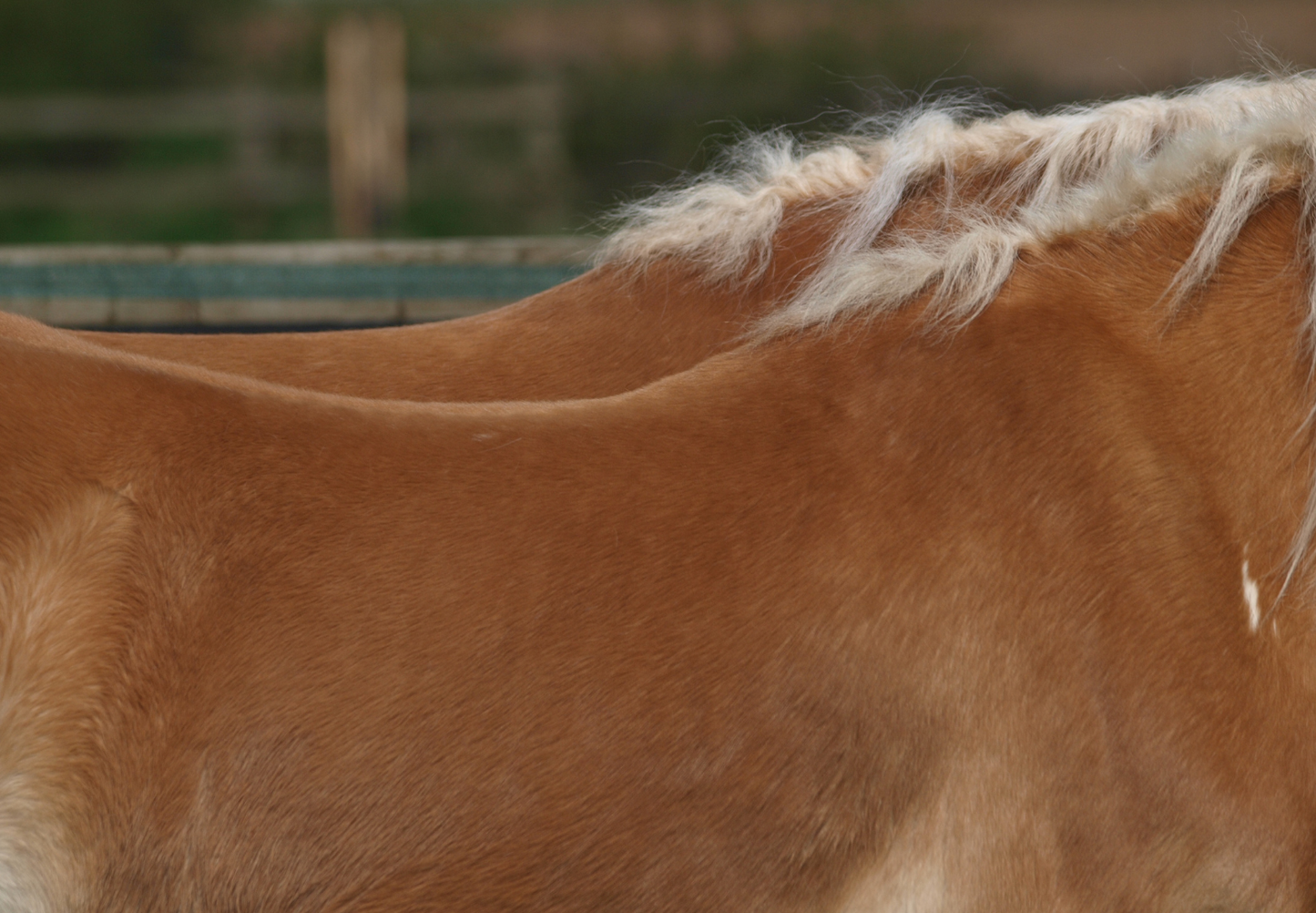London Vet Show 2023
The painful back: Palpation techniques, effective imaging and therapies
The painful back: Palpation techniques, effective imaging and therapies
Impossible de charger la disponibilité du service de retrait
Thoracolumbar spine pain is a complex disease process that may involve osseous, ligamentous, muscular and/or nervous tissue individually or in a multifactorial presentation. It is commonplace to identify impinging or closely apposed spinous processes as the primary site of concern, however it is rare that this abnormality is an isolated causative factor in back pain.Practitioners should aim to further develop palpation skills to assist in the diagnosis of all factors implicated in back pain. Palpation techniques should identify pain or inflammation of the supraspinous soft tissues, sensitivity to digital pressure applied over the spinous processes, restriction to range of motion of the intervertebral articulations and muscular atrophy or hypertonicity. Good knowledge of normal anatomy and biomechanics of the spine will provide a baseline from which assessment of the spine can be compared. Is there increased or decreased mobility? Is there muscular weakness or guarding in association with this finding? Does the patient demonstrate postural stability and balance to indicate development of the multifidus muscle? Is there appropriate coordinated hypaxial and epaxial muscle activation? Dynamic evaluation should assess gait at walk, trot and canter, plus ridden assessment if possible. At trot the back must be supple and mobile in a regular cadence. A sinusoidal pattern of motion should be observed at canter. Frequently back pain is exacerbated by multiple limb lameness and this should be identified and interpreted as part of the evaluation. Finally, when available saddle fit should also be examined.Further diagnostic tests may include radiographic evaluation of the spinous process apices, vertebral bodies (including the ventral surface for assessment of spondylosis) and articular process joints. This should be possible throughout the entire thoracolumbar spine with appropriate radiographic technique and careful collimation using both hospital based and ambulatory radiographic generators and newer digital radiographic systems. Detailed evaluation of the lumbar articular process joints may be limited by superimposition of attenuating soft tissues unless focussed acquisition is pursued. Ultrasonographic evaluation may be utilised to further assess the periarticular margins of the articular process joints with a greater degree of sensitivity than possible on radiographic views. Other osseous abnormalities may also be identified, including fracture of the articular processes, spinous processes or transverse processes. The surrounding epaxial musculature may be evaluated for symmetry and tissue characteristics. The supraspinous and interspinous ligaments may be assessed with respect to overlying oedema and/or degeneration in association spinous process impingement. Diagnostic analgesia may be targeted specifically to identified sites of pathology and is best performed in conjunction with a ridden examination pre- and post- blocking.Treatment of thoracolumbar spine pain should not be expected to be simple or short lived. Corticosteroid medication of impinging spinous processes and/or articular process joints may be the first step in a course of treatment, alongside the use of extracorporeal shockwave therapy, muscle relaxants and/or neuromodulators and physical modalities. These may include physiotherapy, physical therapy exercises, osteopathy or chiropractic therapy, proprioceptive training and modified conditioning exercise, including a period of non-ridden work. Additional supportive therapies may include massage, magnetic therapy, radiofrequency, laser therapy, mesotherapy and acupuncture. Surgical approaches to thoracolumbar spine pain may include interspinous desmotomy performed standing or cranial wedge ostectomy performed under general anaesthesia. A vast array of opinions exist with respect to the best approach to treatment of back pain. Each case should be considered individually with a tailored program according to patient tolerance and experience. Pain resolution followed by re-establishment of function and subsequent conditioning of the developing musculature is the basis of successful rehabilitation program of the back.
Presented by: Jodie Daglish, consultant, Newmarket Equine Hospital
Presented at London Vet Show 2023
RVC Equine Theatre 2
Thursday 16 November 2023 10:30 11:20
Please note this session is not RACE-approved but you can still earn a CPD certificate
Share


